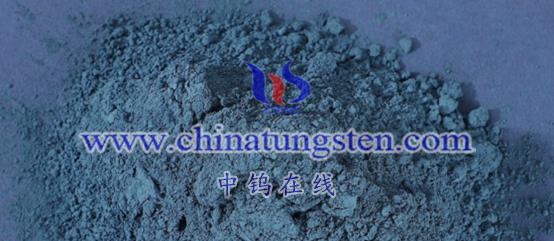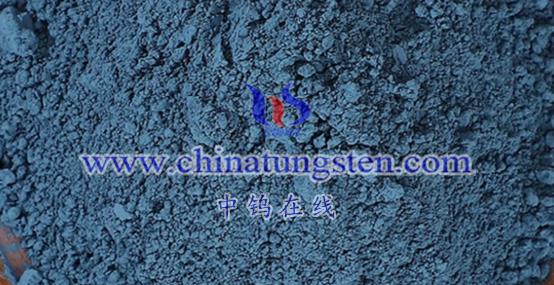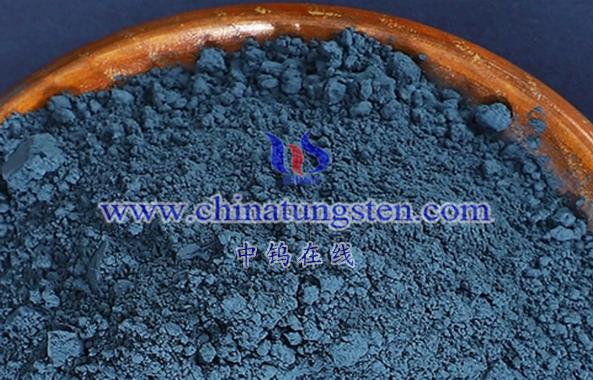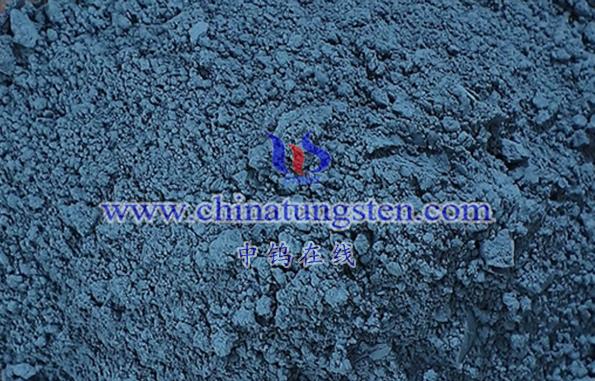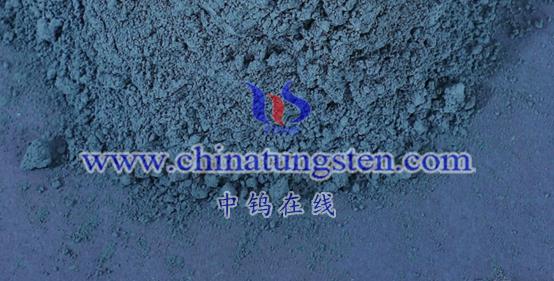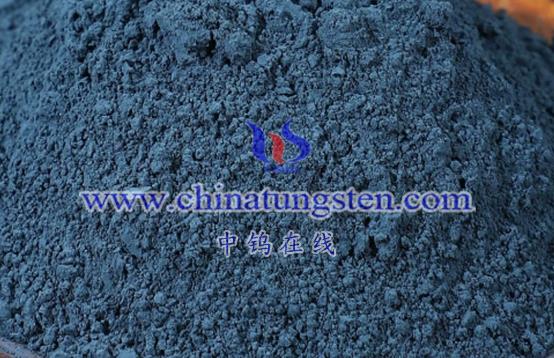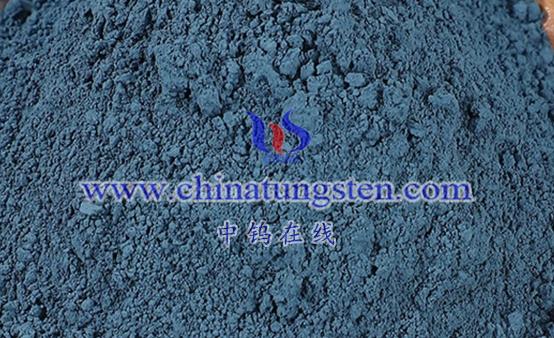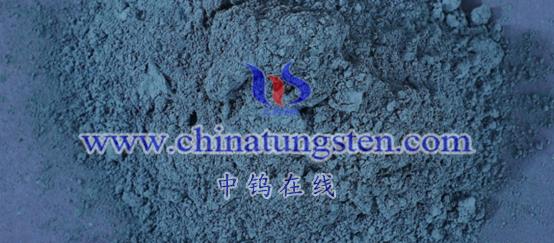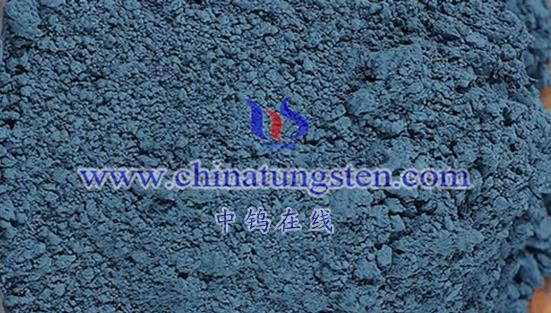
Tungsten bronze compounds are non-stoichiometric compounds containing tungsten. Their chemical formula is typically expressed as MxWO3, where M represents alkali metals (such as sodium, potassium), alkaline earth metals, ammonium ions, or rare earth metal ions, with x ranging from 0 to 1. These compounds exhibit excellent mechanical, thermal, electrical, and optical properties due to their unique molecular structure, making them widely used in energy storage, coatings, petrochemical industries, energy-saving windows, biological hyperthermia, military stealth coatings, and optical anti-counterfeiting applications.
Properties of Tungsten Bronze Compounds
Color and Property Variations
The color and physicochemical properties of tungsten bronze change with different M and x values. For instance:
- When M is the metal sodium, the color of NaxWO3 changes from golden yellow to light blue-gray as the x value decreases.
- When M is NH4+, the color of (NH4)xWO3 is blue, with high chemical activity, large surface area, and poor stability, making it a raw material for tungsten powder production.
- When M is the metal cesium, Cs0.33WO3 has a blue-black color, good near-infrared absorption properties, excellent weather resistance, low resistivity, and excellent low-temperature superconductivity.
Physical and Chemical Properties
Tungsten bronze compounds have a metallic luster and are extremely inert. They are insoluble in water and all acids except hydrofluoric acid but dissolve in alkaline reagents.
Chemically, tungsten bronze compounds are stable, but they can reduce silver nitrate from an ammonia solution to metallic silver, and in the presence of alkalis, they can be oxidized to tungsten (VI) salts.
Electrical Conductivity
The electrical conductivity of tungsten bronze also depends on the M and x values. When the Na:WO3 ratio exceeds 0.3, it has a positive temperature coefficient of resistivity and poor stability, exhibiting semimetallic properties; when the ratio is less than 0.3, it behaves as a semiconductor.
Structure and Crystallography of Tungsten Bronze Compounds
Tungsten bronze compounds primarily have two crystal systems: tetragonal and orthorhombic. The tetragonal unit cell contains ten [BO6] oxygen octahedra that are connected by shared corners along the C-axis, while the orthorhombic structure can be considered a further distortion along the diagonal of the tetragonal unit cell.
Applications of Tungsten Bronze Compounds
Due to their unique properties, tungsten bronze compounds have a wide range of applications in various fields:
- Energy Storage: Used as a component in energy storage materials, leveraging their electrical properties.
- Coatings: Used in heat-insulating coatings due to their thermal properties.
- Petrochemical Industry: Used as catalysts or catalyst supports in catalytic reactions.
- Energy-Saving Windows: Utilized for making energy-saving window films, taking advantage of their near-infrared absorption properties.
- Biological Hyperthermia: Used in the medical field for tumor treatment via their photothermal conversion efficiency.
- Military Stealth Coatings: Used in military applications for stealth coatings, utilizing their unique optical properties.
- Optical Anti-Counterfeiting: Used in optical anti-counterfeiting labels, capitalizing on their distinct optical characteristics.
More details of tungsten oxide product, please visit website: tungsten-oxide.com
Please contact CHINATUNGSTEN for inquiry and order of tungsten oxide:
Email: sales@chinatungsten.com
Tel.: 86 592 5129595
